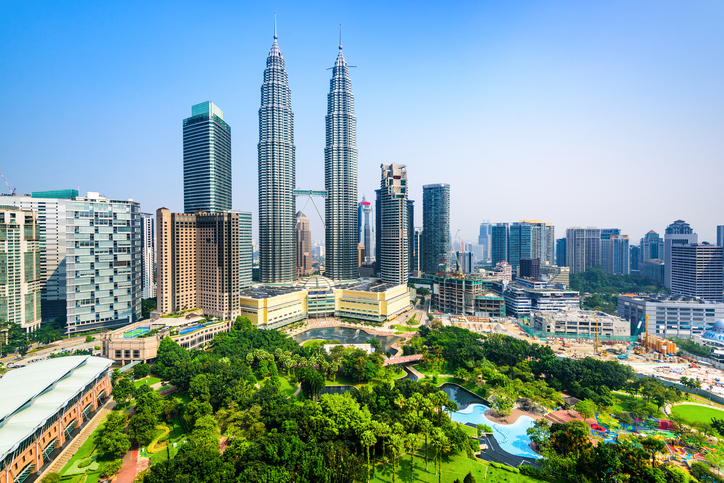On the congested streets of Kuala Lumpur, pedestrians usually find themselves at the bottom of the pecking order.
Not uncommon in Southeast Asia’s cities, the emphasis is on cars and keeping traffic moving, despite nascent efforts to make the Malaysian capital more friendly for those on two legs.
“It is important that walkability isn’t a luxury (but) an essential component of equity and sustainability, particularly in the rapidly growing cities of the global south,” said Joe Chestnut of the Institute for Transportation and Development Policy (ITDP), a global think tank.
Urban planners are looking into measures to cut road deaths and injuries but also at ways to ease traffic and encourage people to walk – all pressing issues as some two-thirds of the world’s population will live in cities by 2050, the United Nations says.
To help city officials tackle these challenges, Chestnut and his team designed a toolkit with 11 indicators for measuring how pedestrian-friendly a neighbourhood is.
They include the number of pedestrian crossings, the size of blocks, the amount of shade and the density of driveways for cars.
“Walkability is not just a sidewalk – it’s a whole system of design and infrastructure,” Chestnut told the Thomson Reuters Foundation on the sidelines of the World Urban Forum in the Malaysian capital this month.
On a busy street in downtown Kuala Lumpur, Chestnut pointed to pedestrian overpasses as infrastructure that appears to be designed for those who walk but more often inconveniences them while allowing cars to speed on through.
Pedestrians are among the most vulnerable road users, accounting for 22 percent of 1.25 million global road deaths per year, the number one killer of people aged between 15 and 29, according to the World Health Organization.
Some 90 percent of road deaths occur in low- and middle-income countries, according to the U.N. agency.
But some cities are making progress in creating a more pedestrian-friendly environment, the ITDP found. One key indicator it uses to measure this is the density of blocks.
Smaller blocks reduce walking distances and the need to make a dangerous mid-block crossing, as well as slowing down cars.
Among 22 cities the ITDP has already analysed, Manila performed best on block density, at 37 per square kilometre. Nairobi had the lowest score, with 5 blocks per square km, while Kuala Lumpur had 17.7 blocks per square km.
“Kuala Lumpur is like any other big city,” said Neil Khor of Think City, a local government-backed urban regeneration agency. “It has a long way to go.”
Think City works with Malaysian cities to build pedestrian-friendly infrastructure, but Khor said the car still dominates.
“That is the mindset we are hoping to address,” he said.
Examples of urban redevelopment that have improved walkability include Mexico City’s Reforma 222 shopping centre, which offers easy access on foot from offices and homes, the ITDP said.
Another is Central Saint Giles in London, a high-end retail destination with parking reserved solely for disabled people, encouraging pedestrian access, according to the institute.







